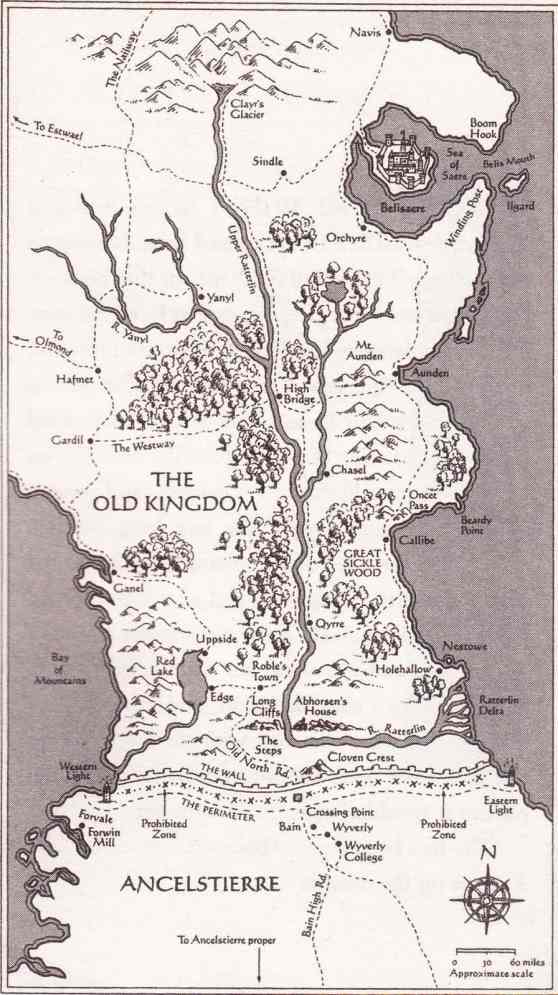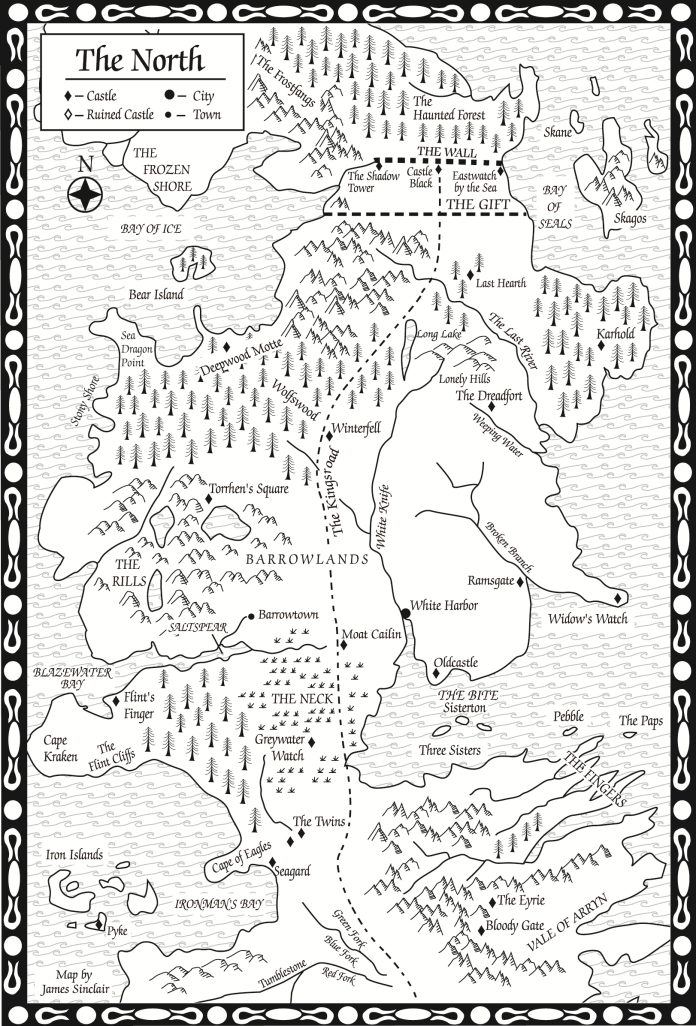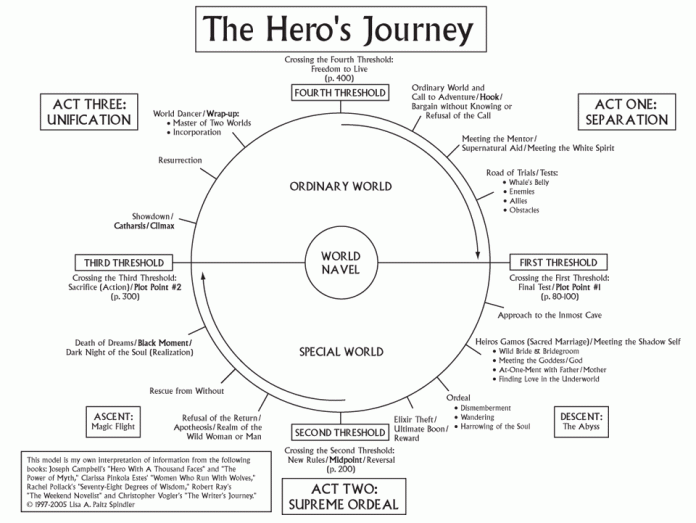David Levithan’s novel Two Boys Kissing is loosely based on the true story of two young men who decided they were going to break the world record for longest kiss. The story follows the lives of a host of young men living in small town America. What sets them apart? They all identify as gay. Narrated by a Greek chorus of an older generation of men who died of AIDS, the book shows how the lives of the boys intersect briefly as they go about their lives.
While I liked the idea of a modern Greek chorus in theory, I found that Levithan’s execution left something to be desired. I understand that he wanted to illustrate a plurality of voices and, true to Chimamanda Ngozi Adichie’s mandate, tell more than a single story. But it is precisely this aggregation of voices that I find both disingenuous. Levithan tries to accommodate for this, adding in disclaimers that try to differentiate between voices. But his disclaimers don’t change the fact that he has lumped together an entire generation to a single perspective. An entire generation does not experience, feel, think, or observe in the same ways. To assume, or even pretend that they might, is to do them a disservice.
Our class discussion today really helped me to better appreciate the story and what it might stand for. In our small group discussion, it was suggested that our experience reading the book would be substantially different than the experience a gay man or teenager might experience.
Researching the history of LGBTQ characters in the history of YA literature was eye-opening. In a recent essay for OUT magazine, David Levithan acknowledged the unfortunate history of LGBTQ literature for young adults: “Tragedy and miserablism are no longer prerequisites for writing queer YA, and our literature is much more honest because of that, since tragedy and miserablism aren’t prerequisites for a gay adolescence either (present, certainly — but not prerequisites)” (link). Considering the history of the way LGBTQ people, fiction or real, have been treated in Western culture, it is a triumph that this book exists. I am grateful that this book exists. But more importantly, I am grateful that we are able to discuss the book in terms of its literary merit, rather that just the sexual orientation of its characters.



